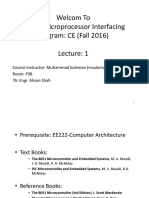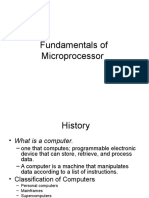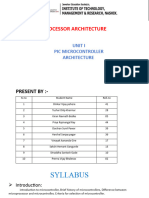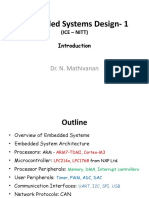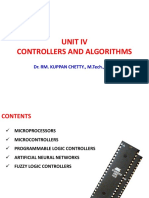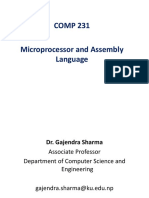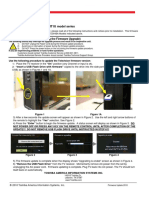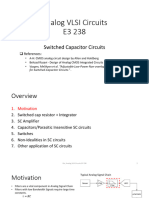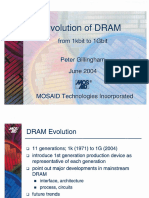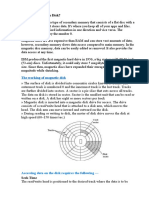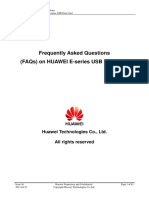0% found this document useful (0 votes)
4 views65 pagesLecture 3
The document provides an overview of embedded systems design, focusing on embedded controllers and their components, including microcontrollers, memory types, and control systems. It discusses the architecture of microcontrollers, particularly the PIC and Atmel AVR series, and their operational characteristics. Additionally, it covers system control types, memory organization, and the importance of processors in embedded systems.
Uploaded by
Arjun PrabaharanCopyright
© © All Rights Reserved
We take content rights seriously. If you suspect this is your content, claim it here.
Available Formats
Download as PDF, TXT or read online on Scribd
0% found this document useful (0 votes)
4 views65 pagesLecture 3
The document provides an overview of embedded systems design, focusing on embedded controllers and their components, including microcontrollers, memory types, and control systems. It discusses the architecture of microcontrollers, particularly the PIC and Atmel AVR series, and their operational characteristics. Additionally, it covers system control types, memory organization, and the importance of processors in embedded systems.
Uploaded by
Arjun PrabaharanCopyright
© © All Rights Reserved
We take content rights seriously. If you suspect this is your content, claim it here.
Available Formats
Download as PDF, TXT or read online on Scribd
/ 65







